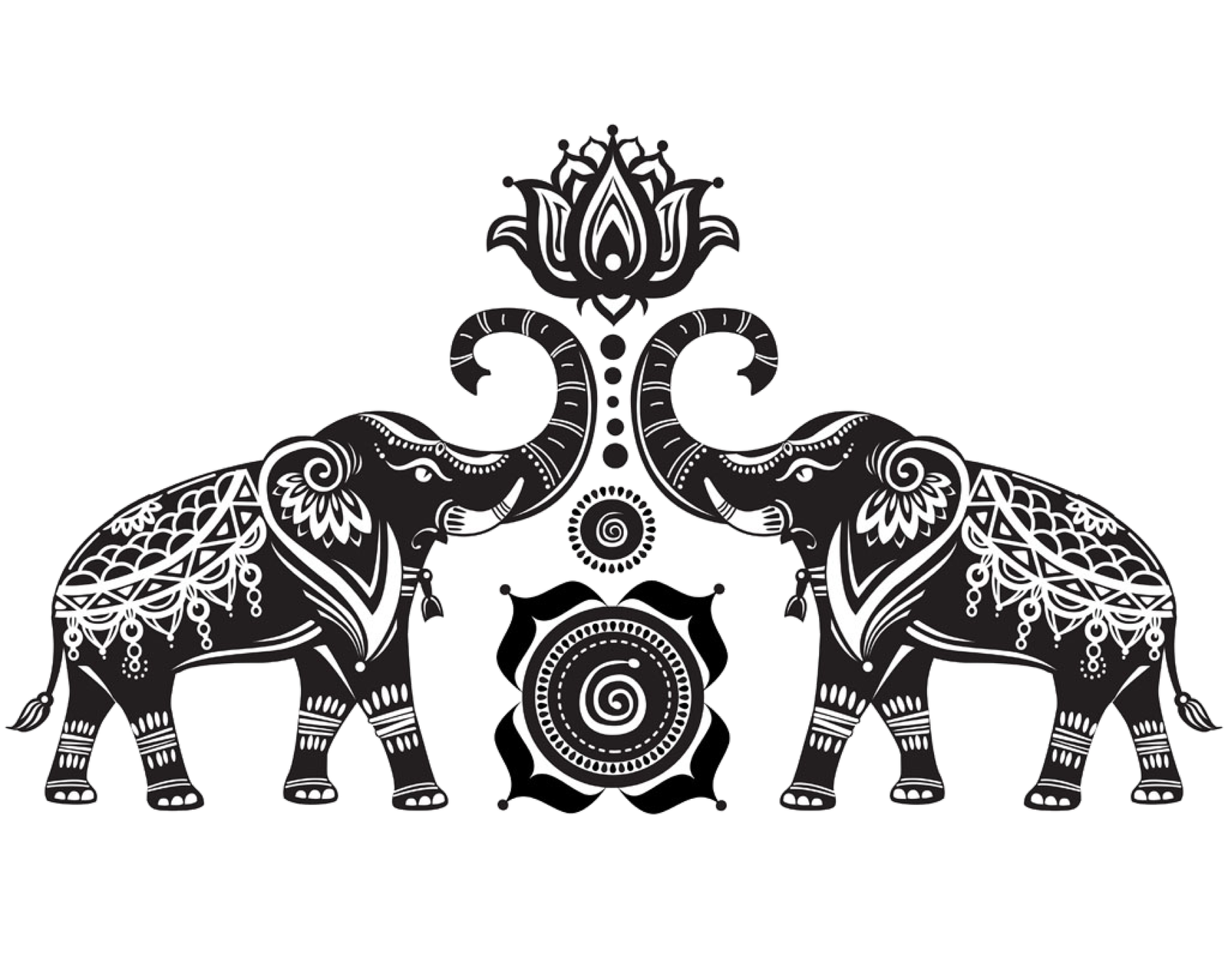The Transformative Power of Art: A Reflection on Creativity and Expression
Art is a universal language that transcends cultural, linguistic, and temporal boundaries. It encompasses a vast array of forms, including painting, sculpture, music, dance, literature, and performance, each serving as a medium for human expression and creativity. Throughout history, art has played a crucial role in shaping societies, reflecting cultural values, and provoking thought. This essay explores the significance of art in human life, its ability to inspire and challenge, and its role as a catalyst for social change.
The Nature of Art
At its core, art is an expression of the human experience. It captures emotions, ideas, and perspectives, allowing individuals to communicate in ways that words alone often cannot. The beauty of art lies in its diversity; it can evoke joy, sorrow, anger, or contemplation, often simultaneously. Whether through the vibrant colors of a painting, the haunting notes of a symphony, or the intricate movements of a dance, art has the power to resonate deeply with the human spirit.
Art is also a reflection of the time and place in which it is created. Historical events, social movements, and cultural shifts are often mirrored in artistic expressions. For instance, the works of the Renaissance artists celebrated humanism and the beauty of the natural world, while the Dada movement emerged as a reaction to the horrors of World War I, challenging traditional notions of art and society. Through these lenses, art serves as a historical document, providing insight into the values, struggles, and aspirations of different eras.
The Impact of Art on Society
Art has the unique ability to inspire and provoke thought, often challenging societal norms and encouraging critical reflection. It can serve as a powerful tool for social commentary, shedding light on issues such as inequality, injustice, and human rights. Artists often use their platforms to raise awareness and spark conversations about pressing social issues, prompting audiences to reconsider their beliefs and actions.
For example, the works of artists like Pablo Picasso, whose painting “Guernica” depicted the horrors of war, or Ai Weiwei, whose installations address themes of freedom and human rights, illustrate how art can confront uncomfortable truths and inspire change. By engaging with art, individuals are often encouraged to reflect on their own experiences and the world around them, fostering empathy and understanding.
Moreover, art has the power to unite people across diverse backgrounds. It can create shared experiences that transcend cultural differences, fostering a sense of community and belonging. Public art installations, community murals, and collaborative performances bring people together, encouraging dialogue and connection. In this way, art becomes a vehicle for social cohesion, promoting inclusivity and understanding in an increasingly fragmented world.
The Personal Significance of Art
Beyond its societal impact, art holds profound personal significance for individuals. Engaging in artistic practices can be a source of healing, self-discovery, and personal growth. Many people turn to art as a means of coping with life’s challenges, using creative expression to process emotions and experiences. Art therapy, for instance, has been shown to be an effective tool for individuals dealing with trauma, anxiety, and depression, allowing them to explore their feelings in a safe and supportive environment.
Furthermore, the act of creating art can be deeply fulfilling. Whether through painting, writing, or playing an instrument, the creative process allows individuals to tap into their imagination and express their unique perspectives. This sense of creativity fosters a sense of agency and empowerment, encouraging individuals to explore their identities and share their stories with the world.
Conclusion
Art is an integral part of the human experience, serving as a powerful means of expression, reflection, and connection. Its ability to inspire, challenge, and provoke thought makes it a vital component of society, while its personal significance offers individuals a pathway to healing and self-discovery. As we navigate the complexities of the modern world, the transformative power of art remains a beacon of hope, reminding us of our shared humanity and the beauty of creative expression. In celebrating and supporting the arts, we not only enrich our own lives but also contribute to a more compassionate and understanding society.
